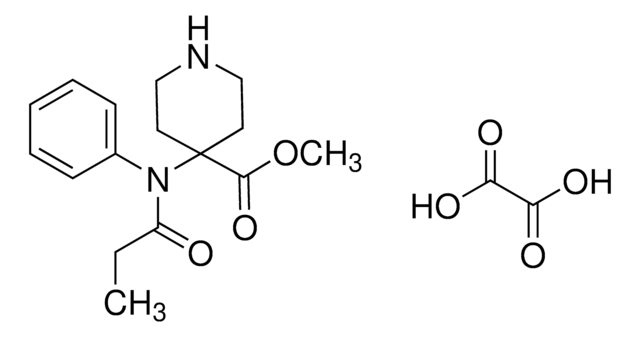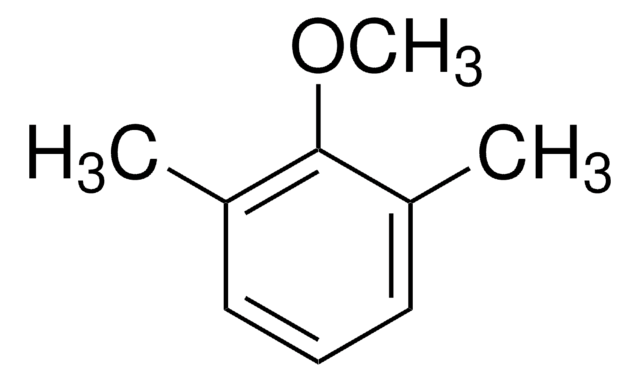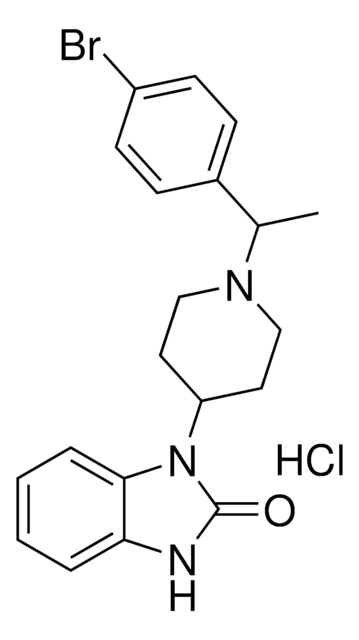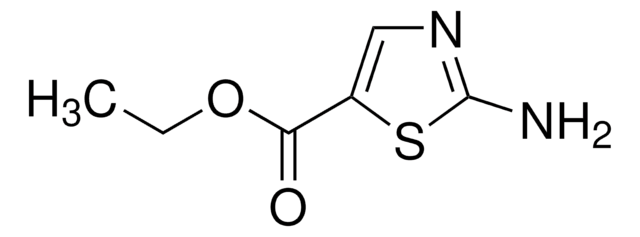All Photos(1)
About This Item
Linear Formula:
(CH3)2C6H3OCH3
CAS Number:
Molecular Weight:
136.19
EC Number:
MDL number:
UNSPSC Code:
12352100
PubChem Substance ID:
NACRES:
NA.22
Recommended Products
Quality Level
assay
99%
form
liquid
refractive index
n20/D 1.514 (lit.)
bp
190 °C (lit.)
density
0.965 g/mL at 25 °C (lit.)
SMILES string
COc1cc(C)ccc1C
InChI
1S/C9H12O/c1-7-4-5-8(2)9(6-7)10-3/h4-6H,1-3H3
InChI key
SJZAUIVYZWPNAS-UHFFFAOYSA-N
Related Categories
General description
2,5-Dimethylanisole acts as photoexcited donor and undergoes different non-radiative transitions in the presence of the acceptor 2-nitrofluorene in ethanol rigid glassy matrix at 77K.
Application
2,5-Dimethylanisole was used to investigate the temperature dependence of spin-rotational relaxation rate of methyl C-13 in 2, 5-dimethylaniline.
Storage Class
10 - Combustible liquids
wgk_germany
WGK 3
Choose from one of the most recent versions:
Already Own This Product?
Find documentation for the products that you have recently purchased in the Document Library.
C13 NMR Relaxation study of Internal Rotation of Methyl Groups-Spin-Rotational Relaxation of Methyl Carbon-13 in 2-bromo-p-xylene, 2, 5-dimethylanisole and 2, 5-dimethylaniline.
Lee JW, et al.
Bull. Korean Chem. Soc., 8(2), 73-79 (1987)
Investigations on the nature of non-radiative transitions from excited singlet and triplet states of dimethyl substituted phenols in the presence of acceptor 2-nitrofluorene at 77K.
Sinha S and Ganguly T.
Journal of Photochemistry and Photobiology A: Chemistry, 117(2), 83-90 (1998)
Ya-Nan Zhang et al.
Journal of hazardous materials, 358, 216-221 (2018-07-11)
Pharmaceuticals are a group of ubiquitous emerging pollutants, many of which have been shown to undergo efficient photolysis in the environment. Photochemically produced reactive intermediates (PPRIs) sensitized by the pharmaceuticals in sunlit natural waters may induce photodegradation of coexisting compounds.
Manabu Nakazono et al.
Clinica chimica acta; international journal of clinical chemistry, 436, 27-34 (2014-05-13)
Various styrylbenzene compounds were synthesized and evaluated as mainly Aβ amyloid sensors. These compounds, however, cannot be used for detecting amyloid deposition in peripheral nerves because of the inherent sensitivity of the compounds. These compounds often generate false positives especially
Our team of scientists has experience in all areas of research including Life Science, Material Science, Chemical Synthesis, Chromatography, Analytical and many others.
Contact Technical Service








